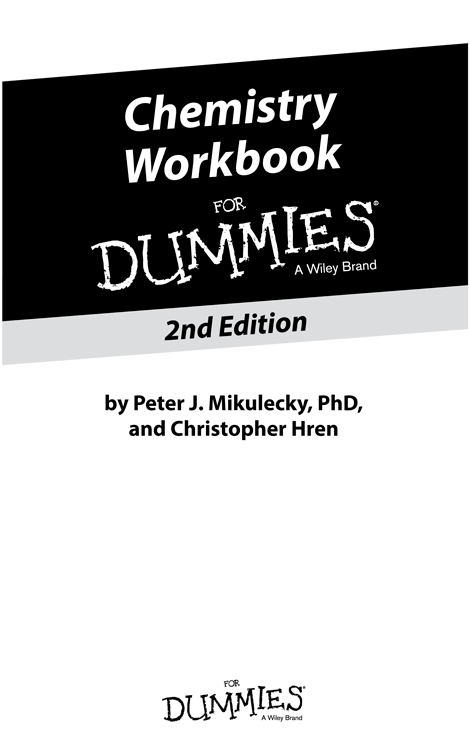
Chemistry Workbook For Dummies, 2nd Edition
Published by: John Wiley & Sons, Inc., 111 River Street, Hoboken, NJ 07030-5774, www.wiley.com
Copyright 2015 by John Wiley & Sons, Inc., Hoboken, New Jersey
Published simultaneously in Canada
No part of this publication may be reproduced, stored in a retrieval system or transmitted in any form or by any means, electronic, mechanical, photocopying, recording, scanning or otherwise, except as permitted under Sections 107 or 108 of the 1976 United States Copyright Act, without the prior written permission of the Publisher. Requests to the Publisher for permission should be addressed to the Permissions Department, John Wiley & Sons, Inc., 111 River Street, Hoboken, NJ 07030, (201) 748-6011, fax (201) 748-6008, or online at http://www.wiley.com/go/permissions .
Trademarks: Wiley, For Dummies, the Dummies Man logo, Dummies.com, Making Everything Easier, and related trade dress are trademarks or registered trademarks of John Wiley & Sons, Inc., and may not be used without written permission. All other trademarks are the property of their respective owners. John Wiley & Sons, Inc., is not associated with any product or vendor mentioned in this book.
LIMIT OF LIABILITY/DISCLAIMER OF WARRANTY : WHILE THE PUBLISHER AND AUTHOR HAVE USED THEIR BEST EFFORTS IN PREPARING THIS BOOK, THEY MAKE NO REPRESENTATIONS OR WARRANTIES WITH RESPECT TO THE ACCURACY OR COMPLETENESS OF THE CONTENTS OF THIS BOOK AND SPECIFICALLY DISCLAIM ANY IMPLIED WARRANTIES OF MERCHANTABILITY OR FITNESS FOR A PARTICULAR PURPOSE. NO WARRANTY MAY BE CREATED OR EXTENDED BY SALES REPRESENTATIVES OR WRITTEN SALES MATERIALS. THE ADVICE AND STRATEGIES CONTAINED HEREIN MAY NOT BE SUITABLE FOR YOUR SITUATION. YOU SHOULD CONSULT WITH A PROFESSIONAL WHERE APPROPRIATE. NEITHER THE PUBLISHER NOR THE AUTHOR SHALL BE LIABLE FOR DAMAGES ARISING HEREFROM.
For general information on our other products and services, please contact our Customer Care Department within the U.S. at 877-762-2974, outside the U.S. at 317-572-3993, or fax 317-572-4002. For technical support, please visit www.wiley.com/techsupport .
Wiley publishes in a variety of print and electronic formats and by print-on-demand. Some material included with standard print versions of this book may not be included in e-books or in print-on-demand. If this book refers to media such as a CD or DVD that is not included in the version you purchased, you may download this material at http://booksupport.wiley.com/ . For more information about Wiley products, visit www.wiley.com .
Library of Congress Control Number: 2014908772
ISBN 978-1-118-94004-4 (pbk); ISBN 978-1-118-94005-1 (ebk); ISBN 978-1-118-94006-8 (ebk)
Manufactured in the United States of America
10 9 8 7 6 5 4 3 2 1
About the Authors
Peter Mikulecky grew up in Milwaukee, an area of Wisconsin unique for its high human-to-cow ratio. After a breezy four-year tour in the Army, Peter earned a bachelor of science degree in biochemistry and molecular biology from the University of WisconsinEau Claire and a PhD in biological chemistry from Indiana University. With science seething in his DNA, he sought to infect others with a sense of molecular wonderment. Having taught, tutored, and mentored in classroom and laboratory environments, Peter was happy to find a home at Fusion Learning Center and Fusion Academy. There, he enjoys convincing students that biology and chemistry are, in fact, fascinating journeys, not entirely designed to inflict pain on hapless teenagers. His military training occasionally aids him in this effort.
Chris Hren is a high school chemistry teacher. He has been happily married for a while now and loves spending time with his family. Chris is a proud graduate of Michigan State University and spends every Saturday in the fall watching his Spartans. Chris has coached football and track and is a pretty big sports fan in general. His family is lucky enough to have a small cottage on a lake in Northern Michigan, where he enjoys many outdoor activities. Chris loves to read, especially science fiction books.
Dedication
Peter Mikulecky: I would like to dedicate this book to my family and friends who supported me during the writing process. Also, to all my students who motivate me to be a better teacher by pushing me to find unique and fresh ways to reach them.
Chris Hren: I would like to dedicate this book to my wife. Without her support, none of this would have been possible. I love her dearly.
Authors Acknowledgments
Peter Mikulecky: Thanks to Bill Gladstone from Waterside Productions for being an amazing agent and friend. Thanks to Georgette Beatty, our project editor, for her clear feedback and support. A special shout-out to our acquisitions editor, Lindsay Lefevere, who, for reasons unclear, seems to keep wanting to work with us.
Chris Hren: Thanks to my wife and family again. A special thanks goes out to Georgette Beatty and Danielle Voirol for being such wonderful editors. Thank you as well to my students.
Publishers Acknowledgments
Executive Editor: Lindsay Sandman Lefevere
Senior Project Editor: Georgette Beatty
Copy Editor: Danielle Voirol
Technical Editors: Jason Dunham, Patti Smykal
Project Coordinator: Emily Benford
Cover Image: iStock.com/Eraxion
Chapter 1
Noting Numbers Scientifically
In This Chapter
 Crunching numbers in scientific and exponential notation
Crunching numbers in scientific and exponential notation
 Telling the difference between accuracy and precision
Telling the difference between accuracy and precision
 Doing math with significant figures
Doing math with significant figures
Like any other kind of scientist, a chemist tests hypotheses by doing experiments. Better tests require more reliable measurements, and better measurements are those that have more accuracy and precision. This explains why chemists get so giggly and twitchy about high-tech instruments: Those instruments take better measurements!
How do chemists report their precious measurements? Whats the difference between accuracy and precision? And how do chemists do math with measurements? These questions may not keep you awake at night, but knowing the answers to them will keep you from making rookie mistakes in chemistry.
Using Exponential and Scientific Notation to Report Measurements
Because chemistry concerns itself with ridiculously tiny things like atoms and molecules, chemists often find themselves dealing with extraordinarily small or extraordinarily large numbers. Numbers describing the distance between two atoms joined by a bond, for example, run in the ten-billionths of a meter. Numbers describing how many water molecules populate a drop of water run into the trillions of trillions.
To make working with such extreme numbers easier, chemists turn to scientific notation, which is a special kind of exponential notation. Exponential notation simply means writing a number in a way that includes exponents. In scientific notation, every number is written as the product of two numbers, a coefficient and a power of 10. In plain old exponential notation, a coefficient can be any value of a number multiplied by a power with a base of 10 (such as 104). But scientists have rules for coefficients in scientific notation. In scientific notation, the coefficient is always at least 1 and always less than 10. For example, the coefficient could be 7, 3.48, or 6.0001.

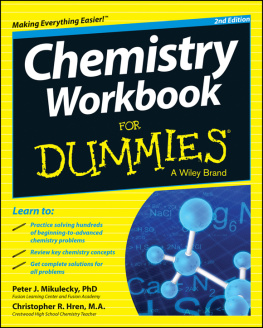

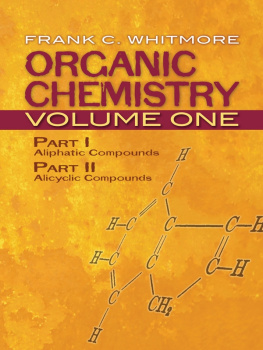

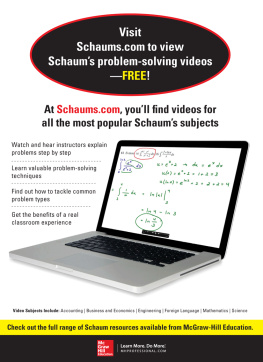
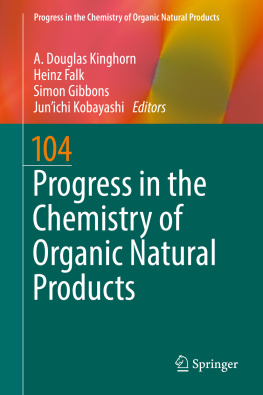
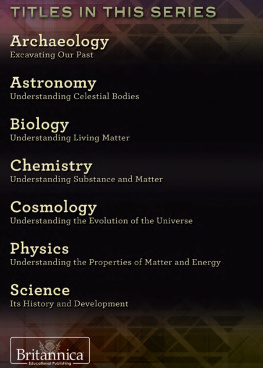
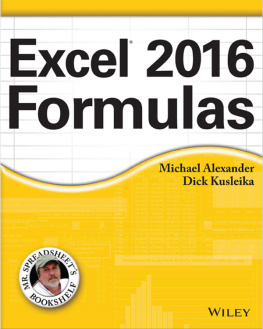
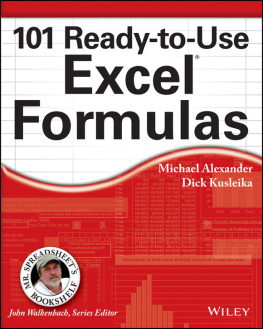
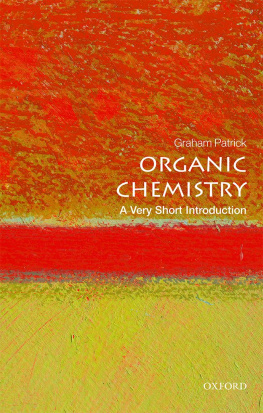

 Crunching numbers in scientific and exponential notation
Crunching numbers in scientific and exponential notation